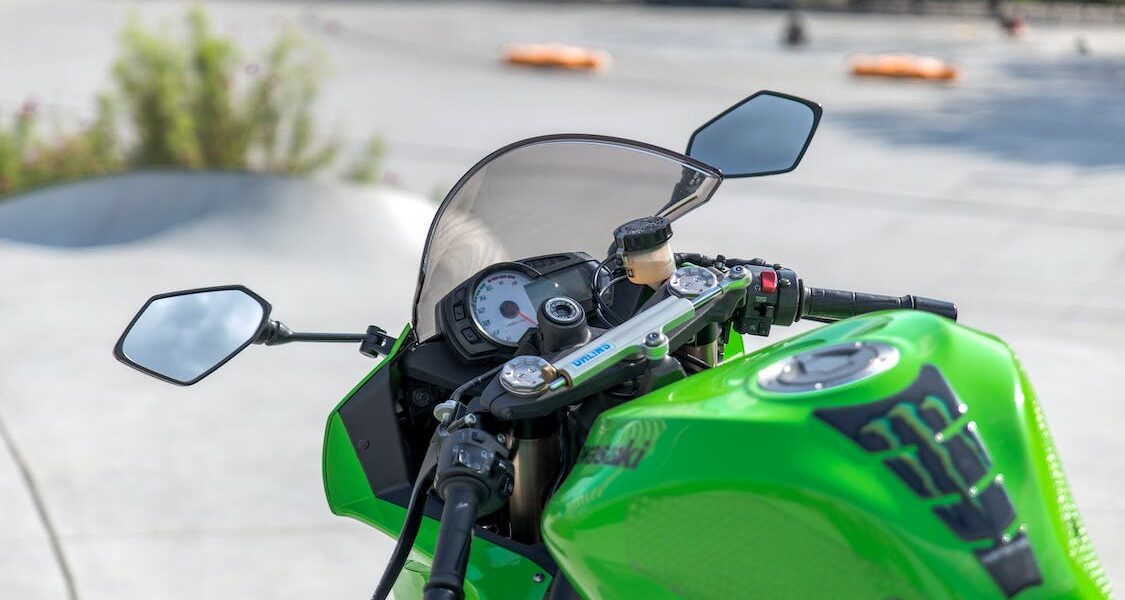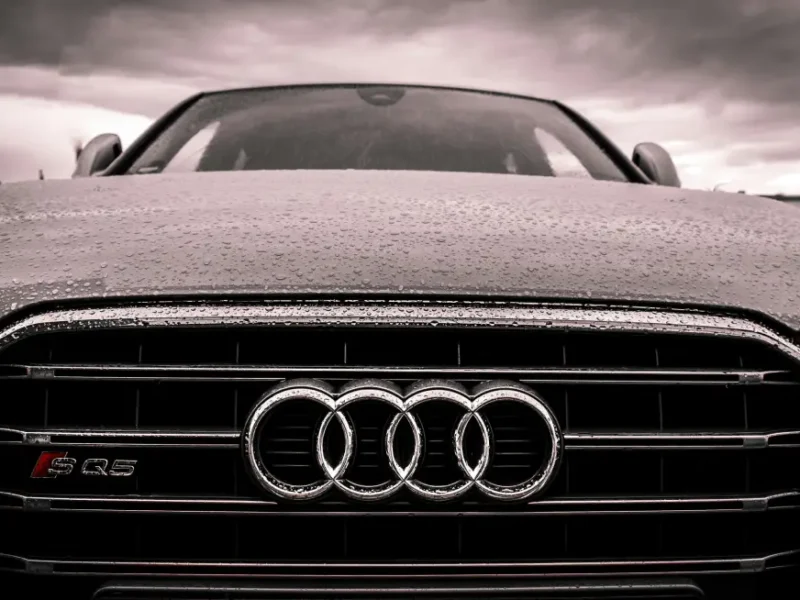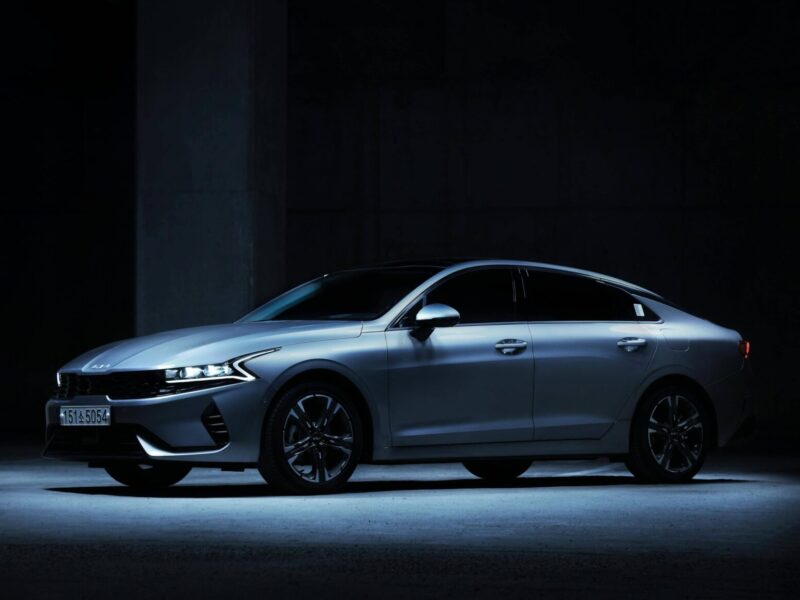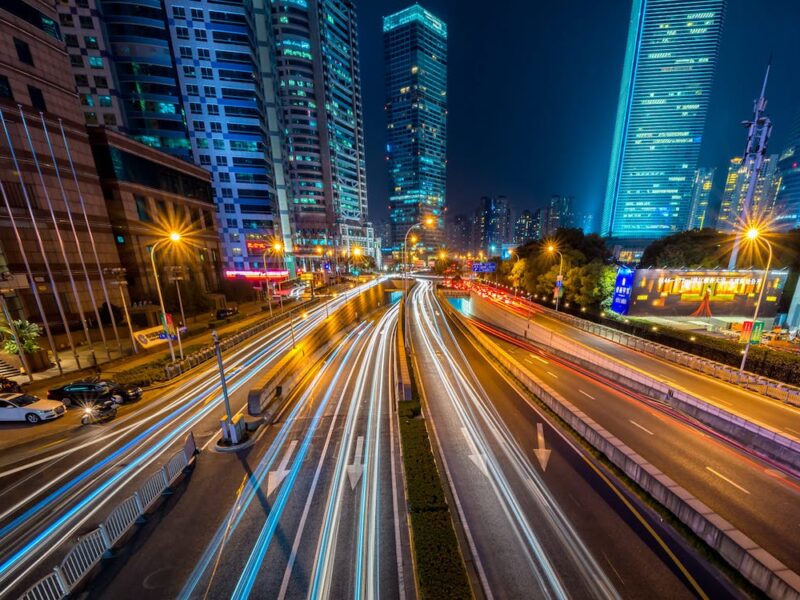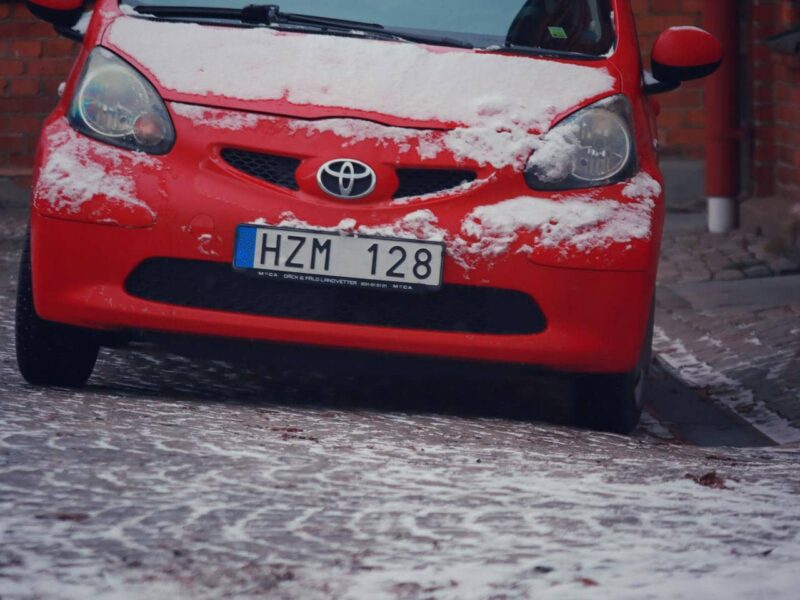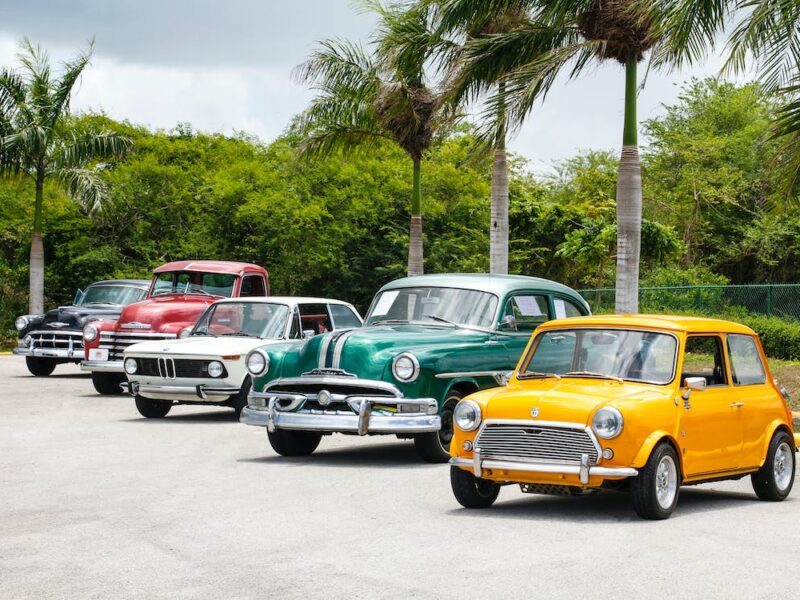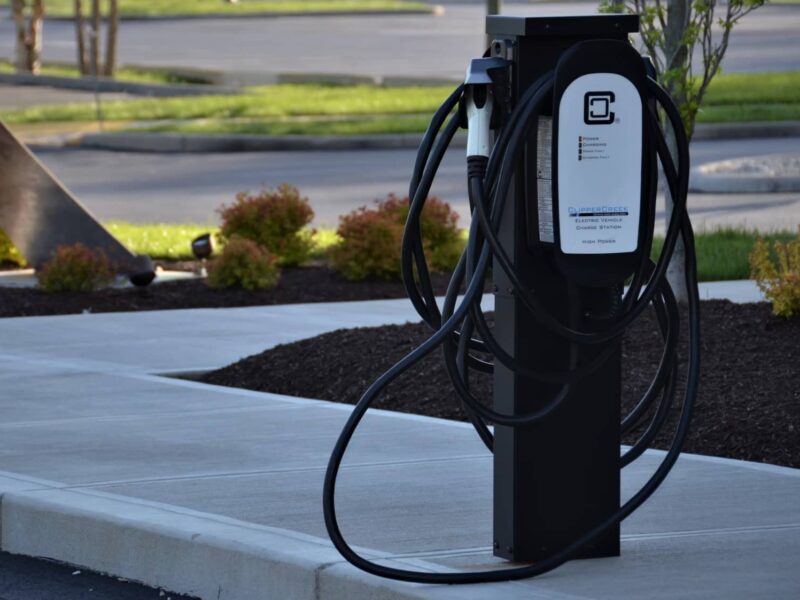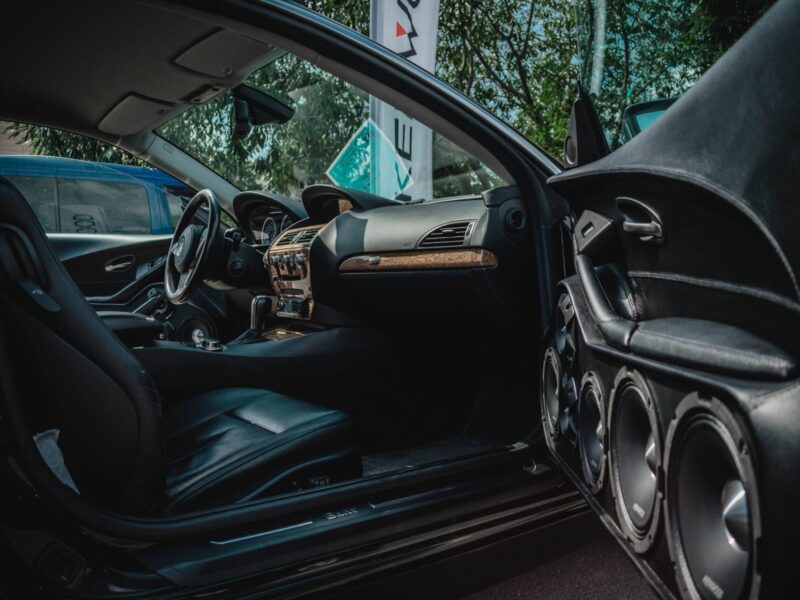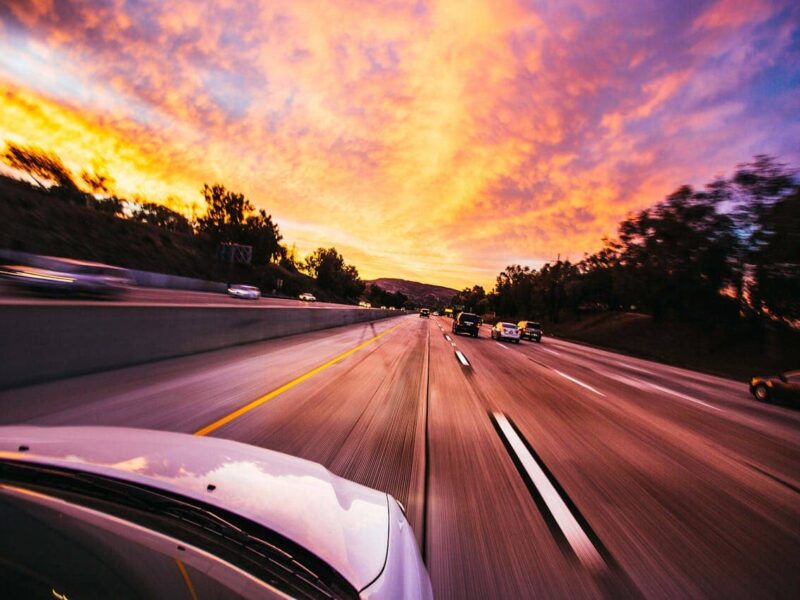The world’s first hybrid motorbike: the Kawasaki Ninja 7
In a world where it is already rare to find electric motorbikes, Kawasaki has thrown down the gauntlet and unveiled the Ninja 7. This Ninja motorbike is the world’s first hybrid motorbike. While major motorbike brands are still cautiously going down the electric route, Kawasaki has joined forces and developed a hybrid motorbike that exceeds expectations.
Challenge of the electric motorbike
Electrification has already transformed the car industry, but the motorbike world is a different story. Motorbikes need to be light and agile, but the heavy batteries of electric vehicles are difficult to integrate. Moreover, there is a limited number of charging points, this prevents motorcyclists from going wherever they want, reducing the sense of freedom.
A hybrid revolution
Kawasaki takes the next step in motorbike evolution with the Ninja 7. This hybrid motorbike combines a 451cc petrol engine with an electric motor, each with its own cooling system. The result? An impressive 59 hp and 60 Newton metres of torque, with an additional 10 hp during E-boost.
Performance Kawasaki Ninja 7
While the power output may not seem extremely high, the Ninja 7 offers excellent performance and efficiency. In sport mode, it can achieve a stunning 1 in 25, while eco mode makes 1 in 27 achievable. A significant improvement over many light petrol motorbikes.
Smart technology
Kawasaki has cleverly used the available space for the 13 kg battery. The bike has handy features such as the ‘Automatic Launch Position Finder’ and ‘walk mode’, which allows the Ninja 7 to move electrically at walking speed. It even has a self-shifting system for the gearbox and clutch.
A new way of driving
With three driving modes, riders can choose how they want to experience the Ninja 7: full power, electric assist on take-off, and fully electric. The latter mode offers a range of 10 km and is perfect for city driving. And for speed lovers, E-boost offers breathtaking acceleration, allowing the Ninja 7 to sprint from 0 to 100 km/h in less than three seconds.
Some considerations
Of course, there are some drawbacks, such as the extra weight of 227 kg and slightly less manoeuvrable handling due to the length of the engine. Moreover, having two bikes means double maintenance and costs. Kawasaki is still keeping the Ninja 7’s price a secret until early January 2024. In case you are in doubt between an electric motorbike and this hybrid, you can also take into account that there are subsidies available for electric motorbikes.
